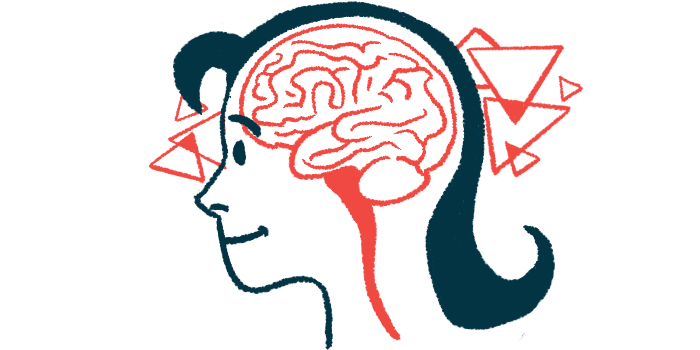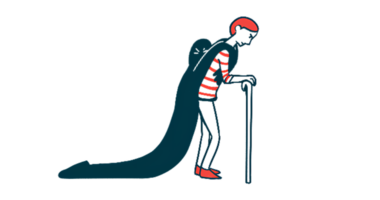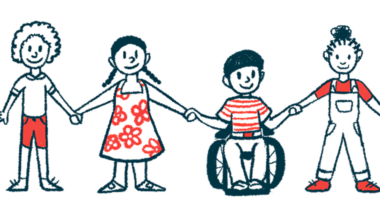Noninvasive Brain Stimulation Can Ease Some MS Symptoms: Review
Fatigue, pain, spasticity, and quality of life may improve following intervention

Noninvasive brain stimulation (NIBS) may be able to reduce fatigue, spasticity, and pain, and improve quality of life in patients with multiple sclerosis (MS), a new meta-analysis reports.
The review assessed several NIBS interventions targeting different brain regions. The results suggest that these techniques can have immediate effects on several neurological symptoms of MS, with some improvements lasting for over a month.
“We can conclude that symptoms including fatigue, pain, spasticity, and [quality of life] can be improved by following NIBS protocol after treatment,” the researchers wrote, noting however that “most of the included studies lack a good methodology, and more high-quality randomized clinical trials are needed.”
The study, “Non-invasive brain stimulation therapy on neurological symptoms in patients with multiple sclerosis: A network meta analysis,” was published in the journal Frontiers in Neurology.
NIBS emerging as method to ease disease symptoms
MS is a neurodegenerative disorder in which excess inflammation causes damage to nerve cells, leading to a range of symptoms, with movement issues, fatigue, and pain being some of the most common.
NIBS interventions are emerging techniques designed to help ease disease symptoms by non-invasively modifying the electric signals in the brain. The most used NIBS interventions include transcranial magnetic stimulation (TMS) and transcranial electrical stimulation (TES).
TMS uses magnetic fields to generate short electric pulses in specific regions of the brain to stimulate the area. TMS can be applied in single or repetitive pulses, as well as in so-called intermittent theta bursts, which deliver short bursts of theta waves.
TES, on the other hand, uses scalp electrodes that pass a weak electric current between them, stimulating the brain tissues in the way. Depending on the type of current used, TES can be classified as direct current, alternating current, or random noise.
We can conclude that symptoms including fatigue, pain, spasticity, and [quality of life] can be improved by following NIBS protocol after treatment
NIBS found in studies to be safe and promising for treating MS symptoms
Several studies have assessed the benefits of NIBS techniques in patients with MS, including direct current TES and repetitive pulse TMS, and showed that NIBS is safe and a promising therapy for some MS symptoms.
Although several reviews have summarized and described the overall effects of NIBS, few have tried to compare the different techniques and to assess which may be the most efficient treatment for MS-specific symptoms. Furthermore, this research field is in constant development, with newer techniques yet to be reviewed.
To fill this knowledge gap, researchers in China conducted a meta-analysis of studies assessing NIBS interventions, published up to Feb. 18. They focused only on clinical trials that tested NIBS against a sham device for neurological symptoms in patients with MS.
“To achieve the best possible results, we searched the literature extensively and evaluated outcome indicators comprehensively,” the researchers wrote.
Of an initial 2,269 studies, 27 were ultimately assessed and included in the meta-analysis, comprising a total of 596 MS patients. Most trials were done in Europe (18 studies), with the remaining in Egypt, Iran, the U.S. (two trials each), Australia, Turkey, and Russia (one study each).
Results showed that both TMS and TES techniques significantly eased fatigue and spasticity (muscle stiffening and involuntary muscle spasms), whereas one TMS technique reduced pain and one TES technique eased quality of life, although not significantly.
Repetitive TMS of primary motor cortex was most effective for fatigue short term
The most effective approach for fatigue was repetitive TMS targeting the primary motor cortex (a brain region involved in motor control), which had the best immediate effect on this symptom. However, long-term fatigue was more effectively eased with direct current TES targeting the left dorsolateral prefrontal cortex (a region involved in planning, working memory, and selective attention).
Intermittent theta-burst TMS targeting the primary motor cortex was the best approach for spasticity in the short term, but long-term spasticity benefitted more from a TES approach with direct current stimulation targeting the thoracic region of the spinal cord.
The other symptoms had only data for short-term effects. Like spasticity, intermittent theta-burst TMS targeting the primary motor cortex was also the most effective NIBS for pain, and direct current TES targeting the left dorsolateral prefrontal cortex was the best for improving quality of life.
Some approaches also seemed better than a sham procedure at improving accuracy, reaction time, and hand dexterity, but the differences failed to reach statistical significance.
Overall, the findings of this meta-analysis present further evidence that NIBS might be a promising and effective treatment for fatigue, spasticity, pain, and quality of life in patients with MS, the researchers wrote.
However, most trials in the analysis had quality issues related to bias and indirectness and inconsistency of data — all of which reduce the degree of certainty of the evidence gathered.
“To improve the methodological rigor of the evidence, more [randomized trials] with a higher level of quality, more participants, and a longer follow-up period are needed,” the researchers wrote.








